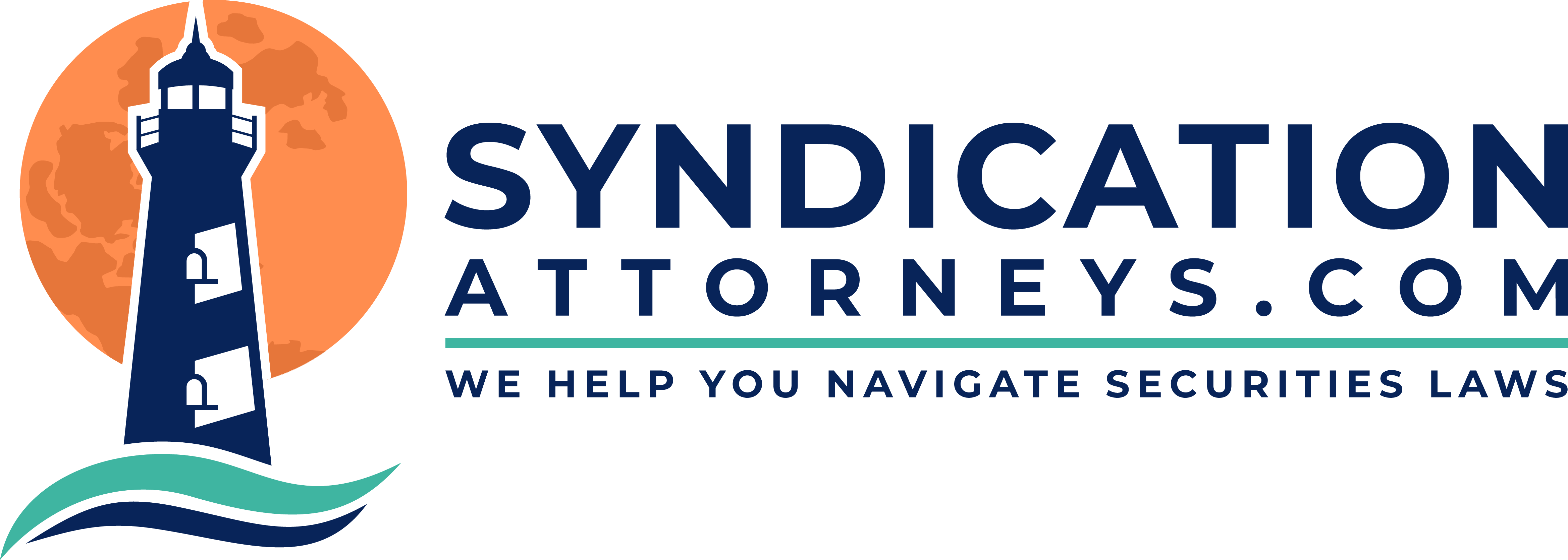
‘How to Source Deals and Investors’ With Real Estate Coach Joe Mendoza
In this podcast episode, “How to Source Deals and Investors,” Kim Lisa Taylor interviewed Joe Mendoza, a real estate coach, podcaster and author of two books, “Flex with a Plex” and “Make It a Comeback.” Joe shared his views on how to source deals, how to source investors, and how a coach can help you stay on track as you build your syndication business.
More Podcasts:
Are you ready to raise private capital?
At Syndication Attorneys LLC, we are committed to your success – book a consultation with one of our team members today!

★★★★★
“Very useful, no-fluff knowledge!!!!”
Kim Lisa Taylor explains in simple language all the concepts of Syndicating a deal and do it right!!! She and her team members are true professionals. She has prepared over 26 PPM & Docs offerings for me and my companies. I highly recommend her services‼️‼️‼️🙌🙌 Thank You! Kim.
Vinney Smile Chopra
CEO of MONEIL Investment Group
★★★★★
“Kim is phenomenal and highly qualified”
Kim Lisa Taylor is amazing at what she does: representing her clients and holding the highest fiduciary interest for her endeavors. A phenomenal and well educated individual, I recommend anyone to look into her podcast and legal services seriously!
Apple Podcast Listener
★★★★★
“Great info!”
Attorney Taylor provides excellent information that even seasoned capital raisers tend to overlook or need a refresher on. In fact, the semi specified offerings are another way for structure that I will be looking into. Thanks Kim! These pods are great!
Kevin Dureiko
Principle Fund Manager at BirchDobson.com
Summer Fun(d) Sale!
☀️ 15% off all Blind Pool Funds, Customizable Funds, and Syndicates
🏖️ $300 off all Pre-Syndication Agreements (normally $1295, sale price ONLY $995!)
Expires August 31, 2024


